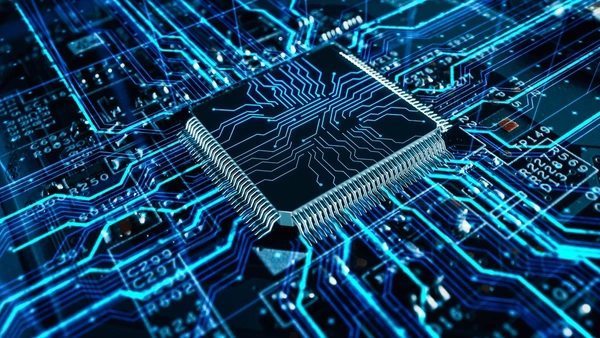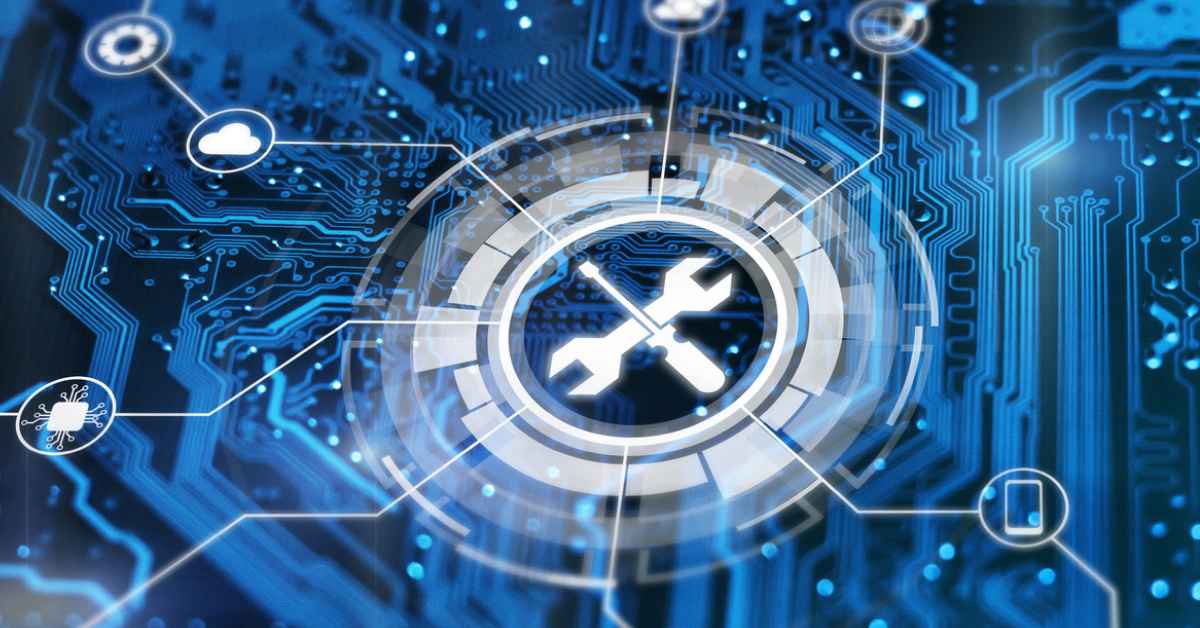By Ben Farrington – 24.09.24

In today’s fast-paced business landscape, companies—large and small—must rely on robust digital hardware to maintain competitive advantages and improve operational efficiency. While many enterprises focus on software, workflows, or strategies, the role of hardware in enabling these operations cannot be overstated. Modern digital hardware—from high-speed processors to reliable servers and advanced networking equipment—forms the backbone of every business activity. Without the right infrastructure, businesses face delays, inefficiencies, and even economic loss.
Small and medium-sized enterprises (SMEs) must carefully consider their hardware investments. Balancing cost efficiency with the need for top-tier performance is often tricky, but the consequences of neglecting hardware upgrades can be costly.
The Cost of Unfit Hardware
One of the shared challenges SMEs face is operating with outdated or unfit hardware. Many businesses cling to legacy systems due to the costs of upgrades or because the hardware still “works.” However, using outdated hardware can create several issues:
1. Slow Performance and Downtime: Older hardware struggles to handle modern workloads, especially with today’s demanding applications. For instance, an SME operating on older servers may experience downtime due to system crashes or slow data retrieval. This can lead to lost productivity, missed deadlines, and frustrated customers. A good example is a regional accounting firm that kept using a 10-year-old server. During tax season, when their workload was highest, the server could not handle the increased traffic, resulting in a system crash and several days of downtime. Clients had to wait longer for their returns, damaging the firm’s reputation.
2. Incompatibility with New Software: Many modern business tools and software solutions are designed with the latest hardware in mind. Old hardware may not be able to support software upgrades or new applications, leaving businesses unable to adopt modern, efficient solutions. For example, a marketing agency that tried to integrate a cutting-edge graphic design suite found that their computers could not handle the rendering power required. This left designers stuck using outdated software, reducing the quality of their work, and extending turnaround times for clients.
3. Security Vulnerabilities: Older hardware is more likely to be vulnerable to cyberattacks due to the lack of updates and patches. Cybersecurity threats continue to grow, and relying on obsolete hardware creates a weak link in the security chain. For instance, an SME running an outdated network router faced a significant data breach due to the router’s inability to handle modern encryption standards. This security lapse led to compromised customer data and a substantial hit to the company’s reputation and trust.

The Role of Top-Tier Hardware
On the other side, businesses that invest in top-of-the-line digital hardware reap the benefits of speed, efficiency, and futureproofing. High-performance hardware allows companies to scale, innovate, and meet growing market demands without disruption. Below are examples of when high-quality digital hardware has proven crucial for SMEs:
1. Boosting Productivity and Workflow: High-speed processors, SSDs (solid-state drives), and advanced networking equipment ensure that day-to-day operations run smoothly without lag. For instance, a tech startup that equipped its employees with the latest laptops and networking gear saw a 40% increase in coding efficiency. This allowed them to roll out new software products faster, outpacing competitors and securing key contracts.
2.Seamless Integration with Modern Technologies: Modern hardware also allows businesses to integrate emerging technologies such as AI, machine learning, and data analytics. A retail SME that invested in high-performance servers and advanced data storage solutions successfully integrated a machine learning tool to analyse customer behaviour. This gave them actionable insights, which allowed for more targeted marketing campaigns and a significant boost in sales.
3. Enhanced Security and Compliance: Investing in hardware that supports modern encryption and security protocols is critical for businesses dealing with sensitive information. A legal services firm upgraded its entire IT infrastructure, including firewalls and servers, to meet the highest security standards. This not only helped them avoid data breaches but also ensured compliance with stringent data protection regulations, giving their clients peace of mind.
4. Supporting Growth and Scalability: For businesses looking to scale, having the right hardware is essential. A local e-commerce company found that after upgrading to enterprise-level servers and networking equipment, they were able to handle a tenfold increase in traffic during a holiday season without any performance issues. Their investment in scalable, high-performance hardware allowed them to meet customer demands without downtime, resulting in record sales.

Conclusion
Modern digital hardware plays a pivotal role in the success of SMEs and large enterprises alike. While it can be tempting to delay hardware upgrades to save costs, the risks—such as lost productivity, security vulnerabilities, and missed growth opportunities—far outweigh the initial expense. Conversely, businesses that prioritize top-tier hardware investments are well-positioned to thrive, enjoy smoother operations, and scale effectively.
In an increasingly digital world, the hardware that powers your business is just as important as the software and strategies you employ. Investing in modern, high-performance hardware will not only increase efficiency but also future proof your business against the demands of tomorrow.


